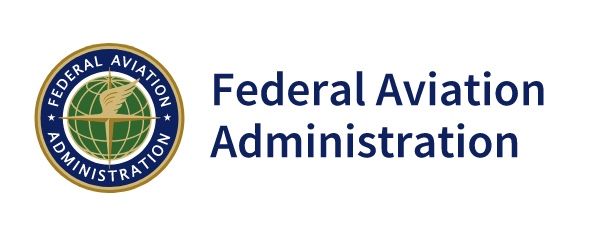Federal Aviation Administration (FAA) Working on Unmanned Aircraft System Traffic Management (UTM) for Drones

As the largest transportation agency in the United States, the Federal Aviation Administration (FAA) is faced with a daunting amount of responsibility. They regulate all aspects of civil aviation, including aircraft certification, airport standards, and air traffic management. The FAA’s mission, since its founding in 1958, is to ensure that the United States has the safest most efficient aerospace industry in the world.
The first commercial drone operations didn’t take place until around 2006. Before that, drone use was regulated to military endeavors, outside of the FAA’s jurisdiction. Over the next few years, drone popularity in the commercial sector would grow, causing the FAA to hastily set up new regulations. Since then, the drone industry has become one of the fastest growing commercial industries. Some argue that the FAA has been slow to implement regulations that would meet the increasing need for drones in modern shared airspace.
But the fact is, the FAA has designated countless hours and resources, working with other government agencies, drone manufacturers, and research centers to develop drone regulations and a comprehensive Unmanned Aircraft System Traffic Management (UTM). In early February of 2022, the FAA announced that it was ready to transition into what it hopes will be the final stage of UTM development. Up until this point, the FAA has been working closely with its designated drone test sites, specifically the Virginia Tech Mid-Atlantic Aviation Partnership and the New York UAS Test Site. The UTM tests being conducted at these sites were focused on Low Altitude Authorization and Notification Capability (LAANC), the primary principle that will enable drone use in complex shared airspace Beyond Visual Line Of Sight (BVLOS).
The FAA finished up the LAANC testing towards the end of 2020. However, the circumstances presented by COVID19 delayed the FAA to progress testing outside of the test centers. But, as they announced earlier, they are now ready to begin LAANC/BVLOS testing for UTM in controlled public airspace within the next few months. “UTM is how airspace will be managed to enable multiple drone operations conducted beyond visual line-of-sight (BVLOS), where air traffic services are not provided,” explains the FAA statement.
The statement goes on to explain how UTM will be applicable. “With UTM, there will be a cooperative interaction between drone operators and the FAA to determine and communicate real-time airspace status. The FAA will provide real-time constraints to the UAS operators, who are responsible for managing their operations safely within these constraints without receiving positive air traffic control services from the FAA. The primary means of communication and coordination between the FAA, drone operators, and other stakeholders is through a distributed network of highly automated systems via application programming interfaces (API), and not between pilots and air traffic controllers via voice.”
For those involved in the drone industry, the UTM tests set to take place this spring will be essential in allowing drones to meet their full potential. The FAA’s UTM will be comprised of a series of complementary technology and services. “The test outcomes,” the agency states, “will provide the FAA with critical information to support the development of new policies and for industry development of updated standards to allow drones to routinely fly beyond visual line of sight of the operators.” With an actionable UTM in place, the FAA will maintain its mission of providing the safest and most efficient airspace industry, but one that now includes drones.
|